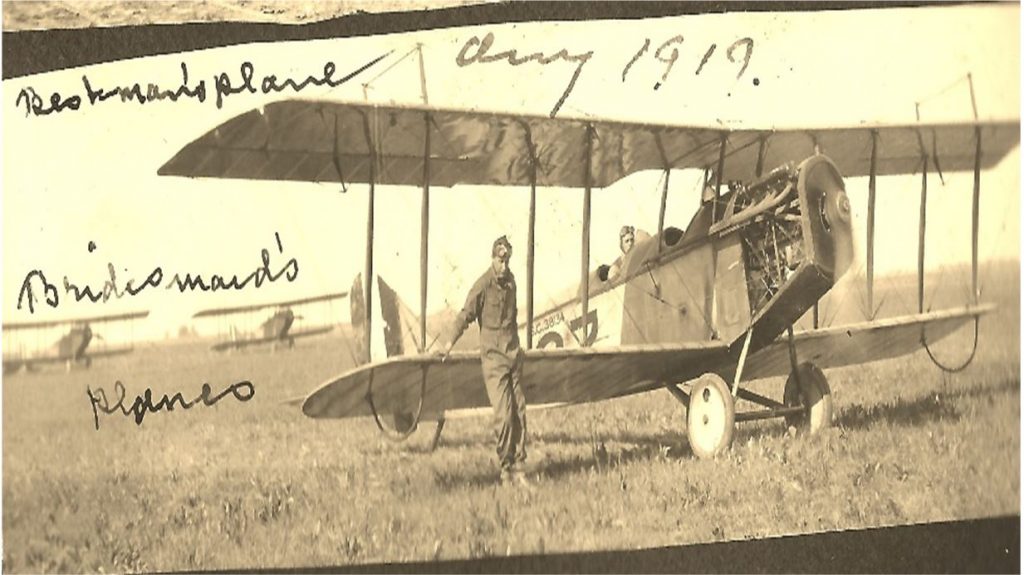
They were scared. By the millions, they were scared. As August ended, Americans looked out their windows at the dying grass and hot winds. The chance that the pandemic would return again in the fall scared millions of them to death.
Over a period of eighteen months, three waves of pandemic had ripped its way through American life. Influenza.
With the final weeks of summer in front of them, they waited for the arrival of chilly temperatures and golden leaves. Last year the pandemic’s worst killing season was autumn. They didn’t know what to expect now, in 1919, in late August. And that uncertainty terrified them.
It should have been so different. It was supposed to be a better year.
A world war had ended, a victory in hand and a reason to cheer. The pandemic’s third wave was visibly less in rates of death and affliction. A reason for relief. And maybe the worst thing would simply be the expected thing from generations before—the seventeen-year locusts would rise up from the ground and fill the air with buzzing, die in smelly heaps, larva burrowing in the dirt for the distant future of 1936. If that was the worst of it, then it’s not a bad year at all. Let’s celebrate.
Except the bugs were omens.
A deeper plague descended. Race riots had broken out in dozens of American cities with White Americans chasing Black Americans through streets and alleys, smashing heads with rocks and boards. Labor unions and law enforcement had clashed. Radical groups sent bombs through the mail, rigged in packages to detonate upon opening and blow the innocent into bloody pieces. Federal officials had authorized the jailing of 10,000 people and hundreds more deported. Corruption had soiled professional sports. The prospect of an international peace treaty and organization to prevent another world war teetered on collapse. An American president, the author of the doomed pact, had promised to save the world only to collapse in near-death on his bathroom floor. A cover-up began to ensure the president remained in office with the public kept ignorant of his unfit condition.
And where was the pandemic? Was it coming back? Was it already here? Should anyone rightfully expect this autumn not to repeat the past? Given how the year has gone, why not add to the misery with another wave of pandemic, a reversion to the prior fall.
Americans watched closely in late August.
Members of Congress debated over a legislative bill that would pour the unheard-of amount of $5,000,000 into research and preparation for the next pandemic wave. An Ohio Senator and bill co-sponsor, Warren Harding, led the drive to pass the measure into law. Harding, regarded as charming, affable, from a working-class background, and capable of uniting people divided by the current President, had attracted attention with a scale of investment seldom reached in domestic legislation.
Next-wave worries swept through the American nation. The same public-health article popped up in newspapers in hundreds of cities and towns: “A large proportion of our leading physicians insist there will be another wave of influenza epidemic this fall and winter. So let us get ready,” went the refrain. Local charity groups began to educate residents on the best ways to avoid such sickness. Two military officers in the Army’s medical corps wrote a guide on proper use of soda fountains, handshaking, dish-washing, and the covering up of coughs. The guide appeared in publications in every state in the nation. People coughed and wondered if blood was coming up.
Open recognition of reality was also prevalent. Medical professionals plainly admitted they couldn’t pinpoint the source of the pandemic, nor could they cure or entirely prevent it. Dr. Simon Flexner of the Rockefeller Institute for Medical Research stated that eastern Europe seemed the likely starting point for the pandemic. Other doctors admitted that specialists had argued over what exactly to call the disease and what, if anything, counteracted it beyond common-sense measures of hygiene. Dr. John Blake of Baltimore remarked, “The medical profession the country over is trying to contrive means to check it (the pandemic’s return).” An apt word, contrive.
A few doctors asserted the opposite. They stated that new drugs were available with proven effectiveness. An “anti-influenza serum” made by the Parke-Davis Company and the “Rosenaum serum” helped patients recover from influenza. Another drug, known as “Meritone,” promised users that the treatment built up the body as a “system” that would prove too “rugged” for influenza to affect.
A difficult year was made vastly more difficult by the newest unknowns of the pandemic. One group thought it was gone for good, the decline of the spring its proof of dwindling strength. A second group fretted it would be back any hour, the decline of the spring its proof of inevitable flipside. A third group tilted this way this week, that way the following week. Hanging over everyone was the understanding that this was the year no one expected.
A better day was still out there, still real, still waiting to be had with more than a surprise in store.







